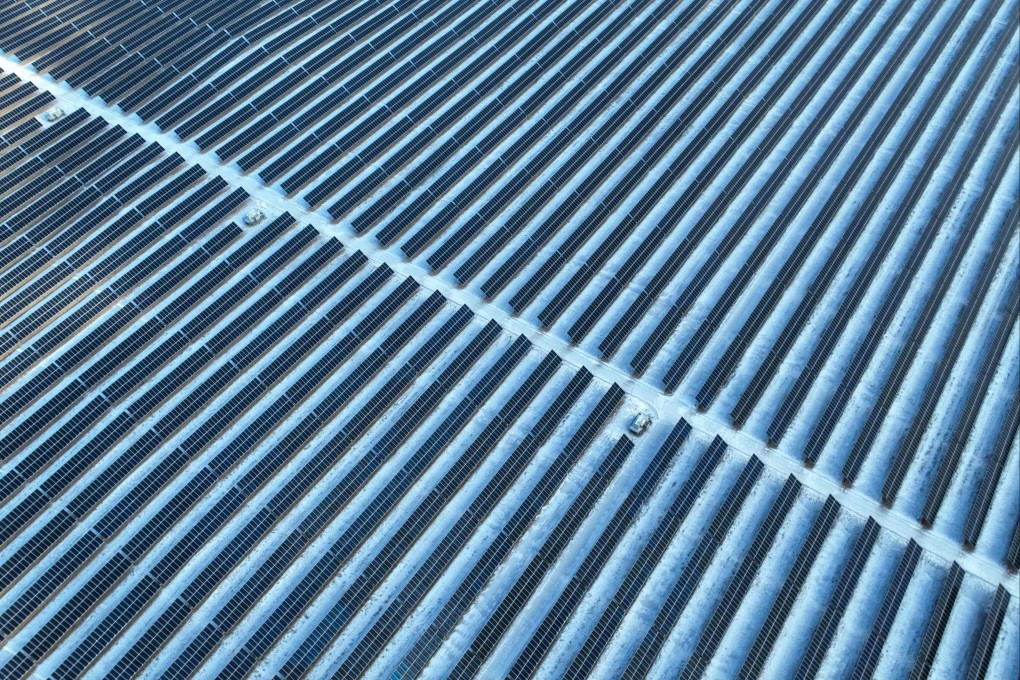Advertisement
Inside Out | On the climate change front, it’s not all doom and gloom
- An International Energy Agency report highlights the progress made in the capacity of green energy sources to meet growing electricity demand
- Increased electrification, if underpinned by renewable and nuclear power, could drive economies while limiting carbon emissions
Reading Time:3 minutes
Why you can trust SCMP
0

I have always believed there is a simple, one-line aspiration behind meeting the target of net zero carbon emissions by 2050: make electricity clean, then electrify everything.
The International Energy Agency’s “Electricity 2024” report, released last week, suggests strong progress. It describes a declining role for fossil fuels, and predicts that all additional electricity demand between now and 2026 will be met by clean energy, which comprises nuclear power alongside renewables. As a result, total emissions from power generation are expected to fall by 2.4 per cent this year.
At a time when most news is bad news about climate change, IEA executive director Fatih Birol talks of “very promising trends”.
The convulsions across Europe resulting from Russia’s invasion of Ukraine and the reduction of liquefied natural gas (LNG) supplies from Russia resulted in electricity consumption falling in the European Union by 3.2 per cent last year and 3.1 per cent in 2022. Despite last year’s 50 per cent fall in electricity prices in the EU, the IEA does not expect consumption in the EU to match 2021 levels until 2026 “at the earliest”.
While overall power demand contracted in Europe and the US, China and India have provided most of the momentum for additional demand worldwide. The IEA report says that countries outside advanced economies are set to account for 85 per cent of the additional demand for electricity through to 2026.
China’s efforts to transform its energy market remain critical. Electricity demand rose by 6.4 per cent last year, and that will gradually slow to 4.7 per cent in 2026 as the country becomes less reliant on heavy industries. Increased demand last year came partly from its domestic electric vehicle market and production of photovoltaic cells.
Advertisement
